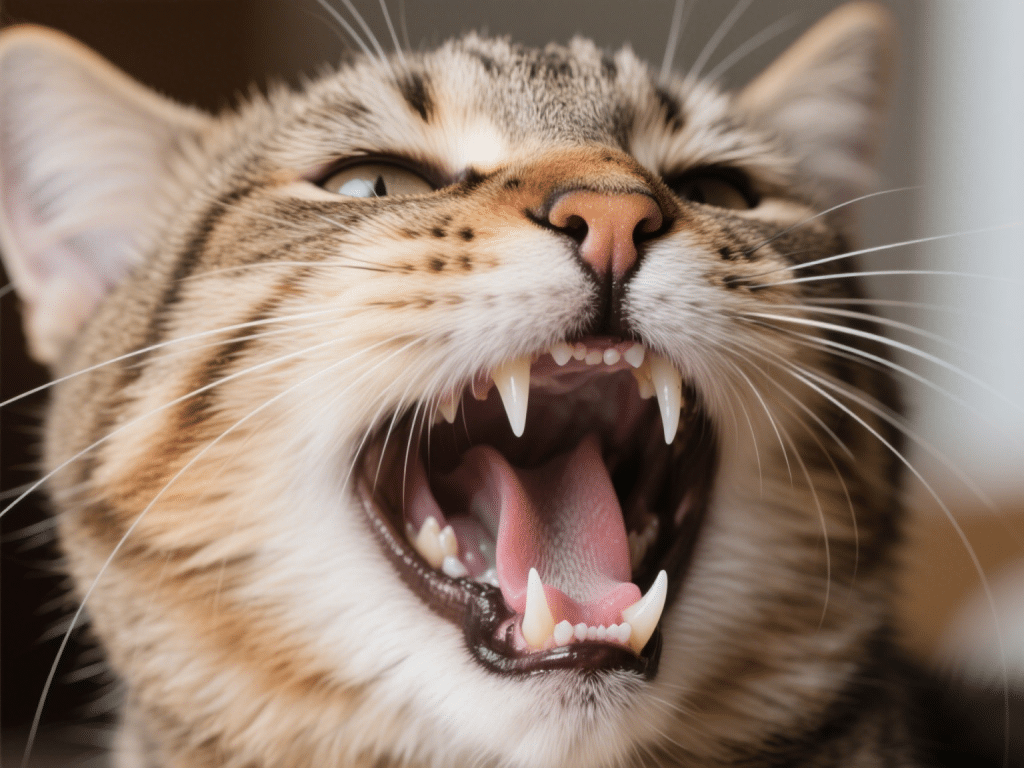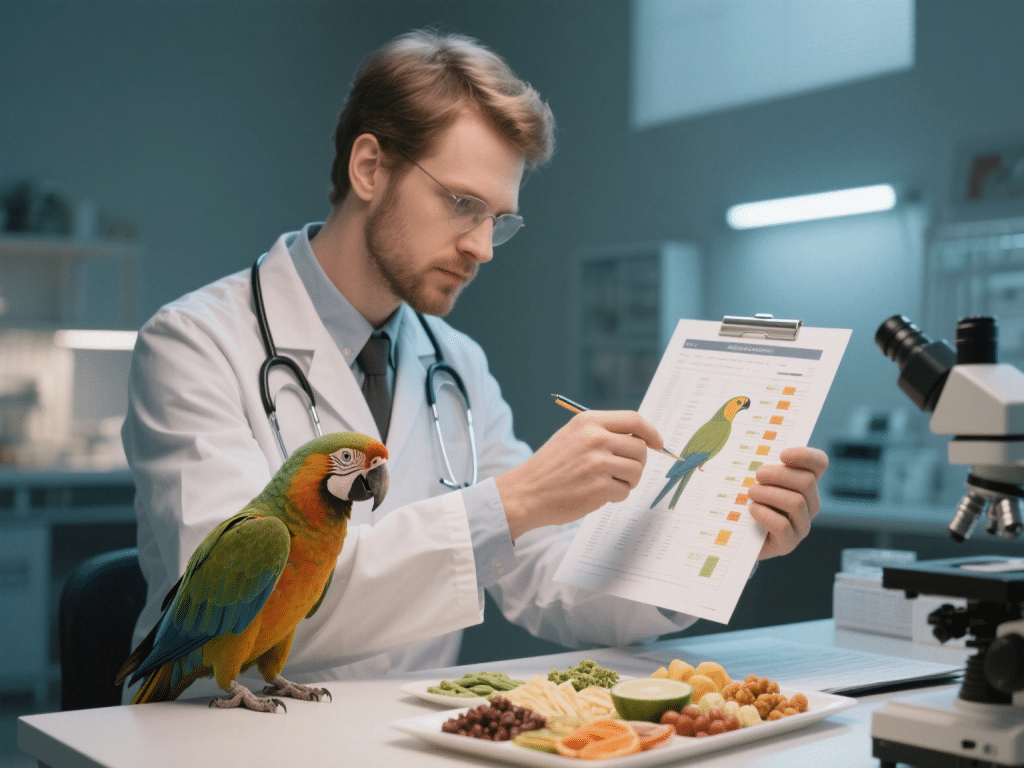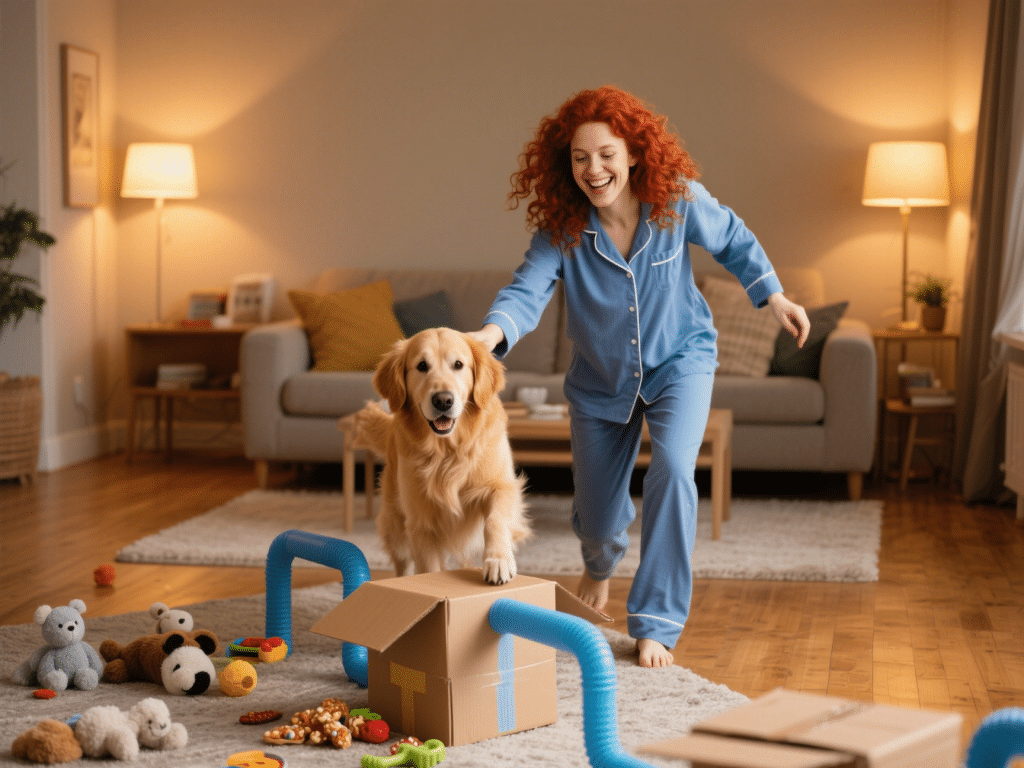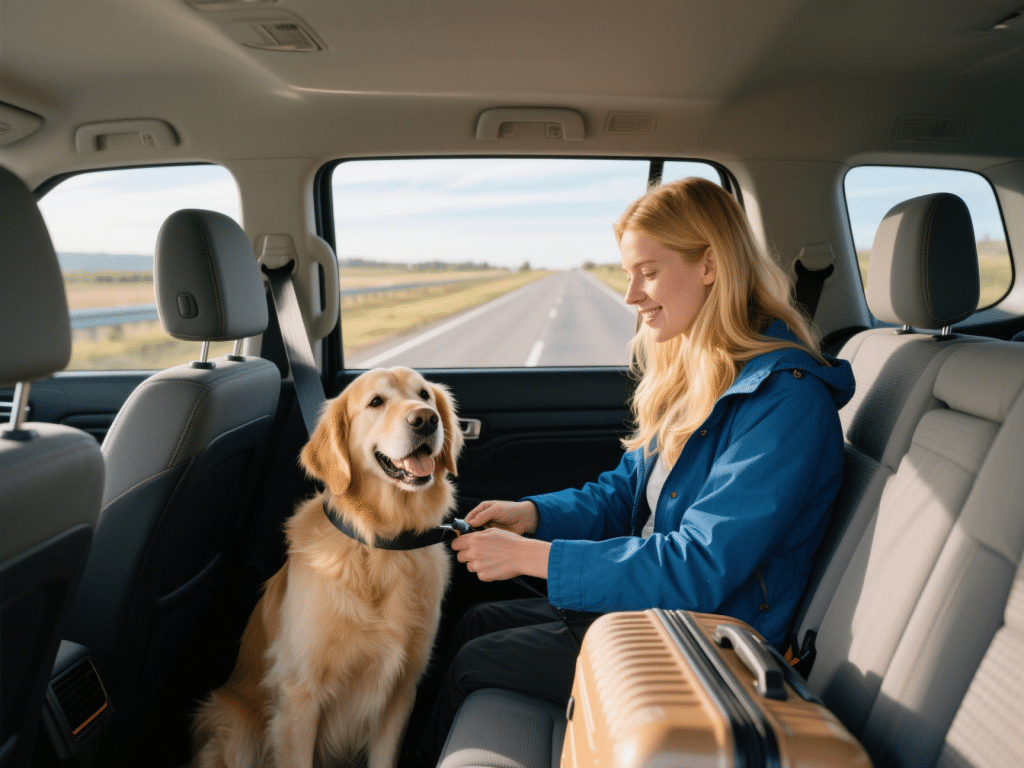
Feline Dental Health: Preventing Tartar, Gingivitis, and Bad Breath
Dental disease affects up to 85% of cats by age three—often silently. As a veterinary te...

With over a decade advising bird owners and collaborating with avian vets, I’ve seen how subtle nutritional imbalances can undermine a parrot’s health. Vitamins A, D3, E, and B-complex are especially critical for feathering, bone integrity, and neurological function. Below is a detailed guide to recognize deficiency signs and implement corrective feeding strategies.
Signs: Dull feathers, nasal discharge, respiratory wheezing, flaky skin around the vent.
Sources: Orange-fleshed produce—sweet potato, pumpkin, carrot shreds.
Correction Plan: Add 1–2 tsp of finely diced carrot or pumpkin daily; integrate dark leafy greens like spinach, which convert beta-carotene into vitamin A.
Signs: Soft or deformed beaks, weak legs, tremors, poor balance.
Sources: UVB light exposure (5–7% UVB tube) and fortified pellets.
Correction Plan: Ensure 12 hours of UVB-per-day; supplement with cuttlebone and calcium-phosphorus balanced pellets (Ca:P ~2:1).
Signs: Muscle weakness, egg-laying issues in females, neuromuscular tremors.
Sources: Sunflower seeds (in moderation), wheat germ, nut butters (almond).
Correction Plan: Offer a small teaspoon of sprouted wheat germ twice weekly; monitor total fat intake to avoid obesity.
Signs: Anorexia, feather plucking, neurological twitches.
Sources: Whole grains (sprouted millet, quinoa), brewer’s yeast.
Correction Plan: Incorporate a sprouted seed mix (20% of diet) and sprinkle 1/8 tsp brewer’s yeast onto veggies twice weekly.
Diet Log: Keep a daily feeding chart noting servings of pellets, produce, and supplements.
Health Check: Monthly weight and feather inspections; photograph plumage to track gloss and coloration improvements.
Vet Collaboration: If symptoms persist after 4 weeks, request blood panels for precise vitamin levels.
Experience Share: When my rescue’s conure flock presented tremors, switching to a weekly wheat-germ boost and adding UVB lighting resolved neuromuscular signs within three weeks—no further vets visits needed.
By proactively balancing these key vitamins through diet and environmental enrichment, you’ll support strong bones, brilliant plumage, and vibrant energy in your small parrots. A well-nourished bird is a lively companion ready for training, play, and affectionate interaction.

Dental disease affects up to 85% of cats by age three—often silently. As a veterinary te...

When your cat becomes fixated—stalking the same toy for hours or compulsively licking a ...

IntroductionChoosing the right toy for your pet means more than just entertainment—it’...

IntroductionSelecting the right litter box is crucial for maintaining your indoor cat’s ...

Fun Indoor Dog Exercise Ideas for Rainy DaysRainy weather doesn’t mean your dog’s exer...

Safe Dog Travel Tips: How to Prepare Your Dog for TripsTraveling with your dog can be rewa...
Comments on "Identifying and Correcting Vitamin Deficiencies in Small Parrots" :